All Features

Harish Jose
Recently, I wrote about the process capability index and tolerance interval. Here, I’m writing about the relationship between the process capability index and sigma. The sigma number here relates to how many standard deviations the process window can hold.
A +/– 3 sigma contains 99.73% of the…

Mike Figliuolo
I hate the use of the word just in front of anyone’s title, as in, “He’s just an analyst,” or, “She’s just a cafeteria worker,” or, “I’m just an administrative assistant.”
No one is just anything. The word is demeaning and pejorative. We’re all people—we happen to have different responsibilities.…

John Tschohl
Are your employees empowered to make decisions on the spot in favor of the customer? Your single goal should be to have overly happy customers. Too many things go wrong each day. You want your employees to understand they are in customer service, and their No. 1 responsibility is to take care of…

Touradj Ebrahimi
For the last 30 years, the JPEG image format has been a staple for the internet’s billions of users. While the technologies used to display images have evolved tremendously during the past few decades, the JPEG format is still used everywhere. This is a great example of what can happen when a new…

Stanislav Shekshnia, Sergey Vorobiev
In the complex, uncertain, and fast-changing world we live in, success and even survival require intensive collaboration among individuals, organizations, and countries. The outcomes of such collaboration can be breathtaking: Consider the growth of Netflix and Amazon, the rebirth of Microsoft and…

John Hilgendorf
Whether you’re an executive with limited energy or an hourly employee trying to minimize work, the bottleneck in your productivity isn’t time or money but mental effort. And in a digital age where all data can be stored electronically, the most valuable functions of software—especially those in…

Mike Figliuolo
Reading the news (or even your email) can be distressing to the point of despondency. It can also be fun. It’s especially fun when people say or write silly stuff, and the reporter or editor has to write [sic] after a misspelling or a stupid comment in the original transcript. Sic, usually placed…

Daniel Marzullo
The “comfort zone” is that cozy space where everything feels familiar and stress-free. It’s where we stick to what we know, using the same old strategies that keep things steady but can also lead to feeling stuck.
In this zone, there’s not much motivation to push for new achievements, so progress…
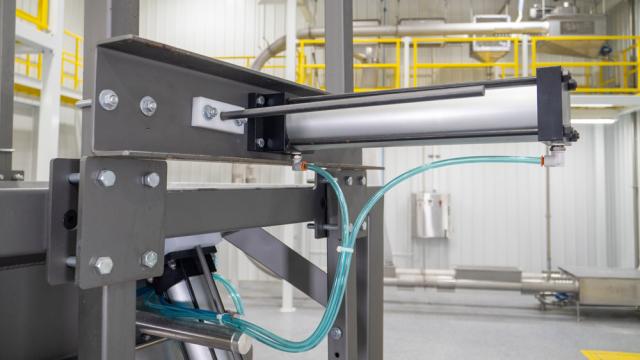
Del Williams
In food processing, bulk-bag discharge systems are used to transfer food ingredients such as flour, sugar, and spices from bulk bags to mixing and blending equipment. However, when not designed or installed properly, bulk discharge systems can become a production bottleneck.
Complicating the issue…

Etienne Nichols
On Jan. 31, 2024, the U.S. Food and Drug Administration (FDA) released its final rule for the new Quality Management System Regulation (QMSR).
The new QMSR is the result of aligning the current good manufacturing practice (cGMP) requirements of the FDA’s quality system regulation (QSR) with the…
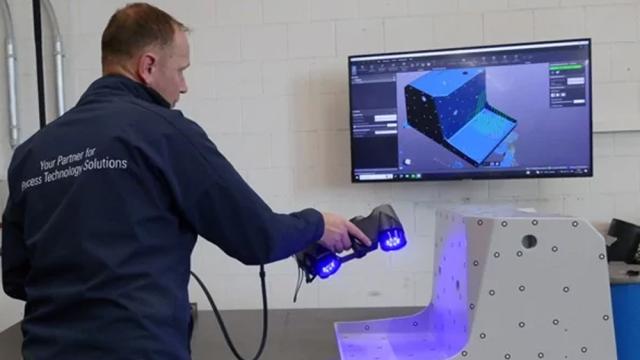
Creaform
The WAB-GROUP is where innovation and tradition come together to provide customers with world-class solutions in the areas of wet grinding technology, three-dimensional-shaking mixing technology, and flow chemistry.
Present in 42 countries worldwide and anchored since 2008 in its state-of-the-art…
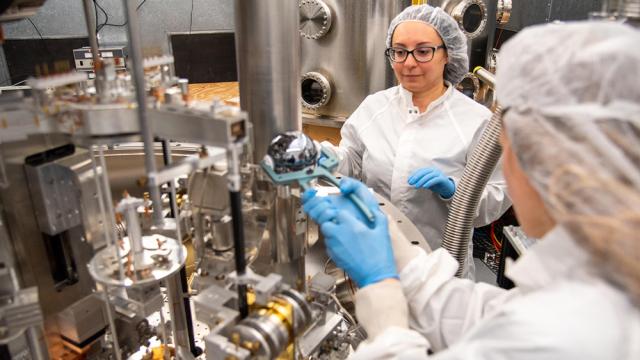
Megan King
In 2018, the world agreed to redefine the kilogram. Instead of being pegged to the mass of a physical object in a vault in France, the kilogram is now defined by a few fundamental constants in nature.
This means researchers no longer have to worry about a physical object that can decay or change…

Stephanie Ojeda
There’s no question about it: Should an auditor or inspector visit your facility, one thing that will certainly be under the microscope is your corrective and preventive action (CAPA) system.
CAPA management is a recurring theme in U.S. Food and Drug Administration (FDA) warning letters, a fact…

Chip Bell
‘T ake out the papers and the trash.” That was the opening line of the song “Yakety Yak” by The Coasters. It spent weeks as the No. 1 hit in 1958. Teenagers everywhere wore out their shoes dancing to the hot song. The lyrics hold a strong message about delivering a superior customer experience.…

John Tschohl
Everyone makes mistakes. When you screw up and say, “I’m sorry. That’s our mistake,” it’s good customer service, but not service recovery. Most organizations never admit mistakes, and fewer than 1% practice service recovery.
Keeping customers is critical to your growth. Gaining a new customer is…

Henrik Bresman
Traditional productivity metrics are used by many companies to assess the value that employees bring to the organization. These tangible, quantifiable, results-based measurements include work quality and output, efficiency, and the number of projects completed on time and on budget. Some managers…

George Schuetz
In this job, I get a lot of questions. In fact, I did some figuring the other day and estimated, conservatively, that we have probably answered at least 50,000 gauging questions over the past 35 years or so.
Some of these questions have been challenging. They’ve pushed me to learn more about my…

Chris Rush
Ensuring the accuracy and security of clinical data, as well as compliance with good clinical practice (GCP), will in large part determine the success of your study and regulatory submission to the U.S. Food and Drug Administration (FDA). Data management and reporting are essential practices when…

Mike Figliuolo
We take ourselves too seriously, and in doing so we become boring and no fun. Sometimes it’s OK to let loose, act silly, and have a good time. It’s energizing.
So often we while away the days being the consummate professional. We read professional journals. We write professional messages. We hold…

Jennifer King
At a time when virtual meetings, video conferences, and online work calls are the norm, there’s good news for those who see a unique value in in-person networking. A survey conducted by Harvard Business Review has found that 95% of professionals believe face-to-face meetings are crucial to…
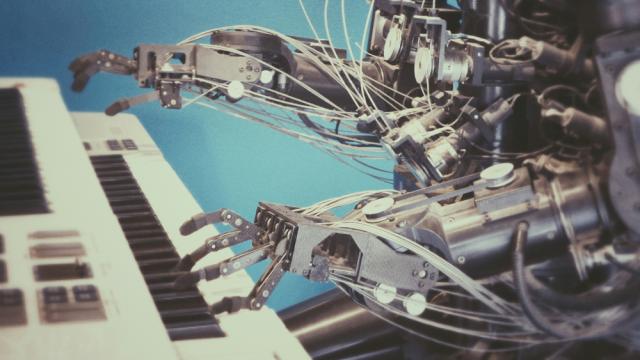
Mike King
Historically, the sensitive nature of personal and company proprietary information held in life sciences quality management systems (QMS) has been a factor for quality management teams’ reluctance to adopt AI. Add to that the complex global regulatory environment and the penalties of noncompliance…
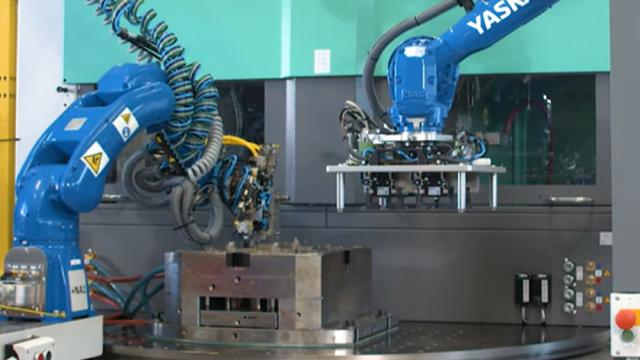
Josh Leath
As the transition to a more sustainable future continues, more Americans are discovering the advantages of electric vehicles (EVs). From limited maintenance to incredible torque, acceleration, the ability to fuel from home, and attractive rebates, EVs are no longer just a “green” vehicle option but…

Yushiro Kato
These days, incessant pings and buzzes from your workspace’s preferred team management software may seem like a fact of life. But not too long ago, the idea of having software beyond emailing to manage teams was beyond imagination. Then one of the market’s leaders stumbled into creating the perfect…

Jones Loflin
In a previous article, I discussed the concept of “stress bragging”—that tendency to boast about our stress levels as a way to highlight our productivity and importance. I touched on ways to curb this habit in ourselves. But what about when others do it? Here are some effective strategies for…

ISO
Global awareness of climate change and sustainability has grown exponentially during the past decade, making terms like corporate responsibility, carbon footprint, and transparency the new buzzwords of our time.
The drive toward a more sustainable future has propelled environmental, social, and…